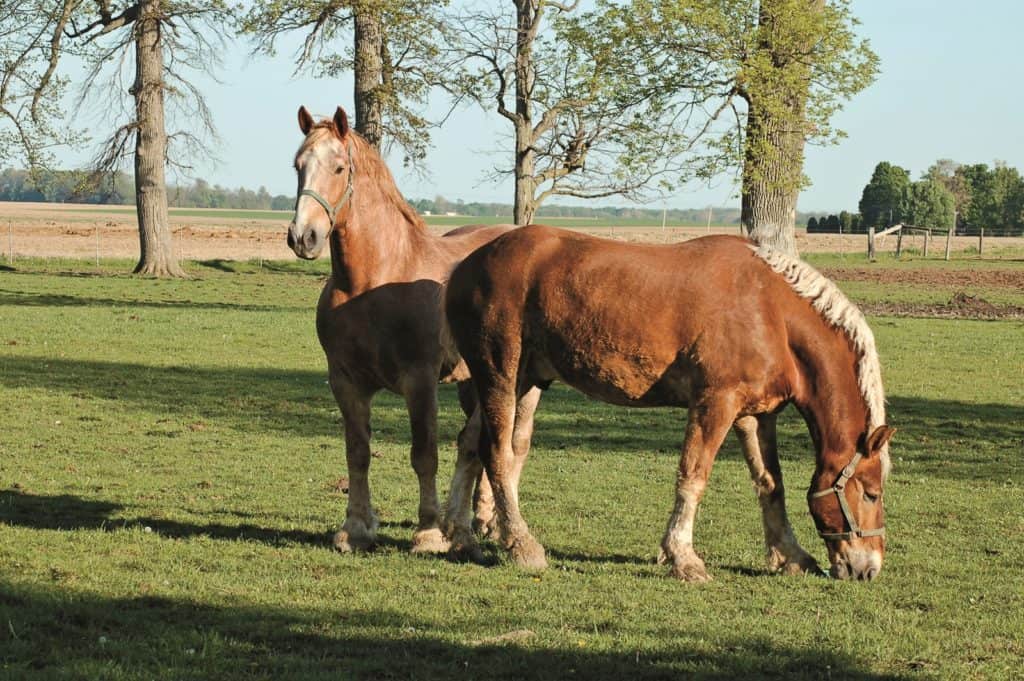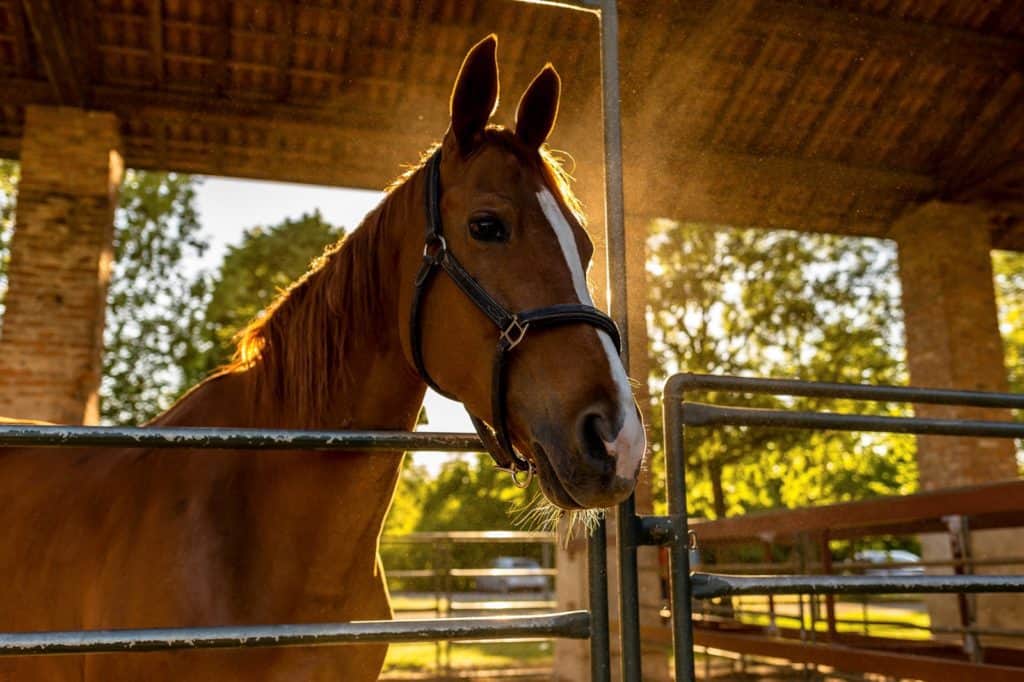
UK Graduate Student Spotlight: Ashton Miller
Miller is studying the immune system of geriatric horses, particularly those with PPID, or equine Cushing’s disease.

Miller is studying the immune system of geriatric horses, particularly those with PPID, or equine Cushing’s disease.

A farrier explains what a “normal” horse hoof is supposed to look like and how it affects shoeing.

In one study 15 affected horses presented with a sudden change in ridden behavior, but only one had a history of trauma.

Surgeons have honed a new approach to correct airway collapse in horses.

Veterinarians have begun research, using the scanner in a clinical trial on client-owned horses.

Find out how physics plays an important role in how the horse’s hoof works and adapts to force.

Is your horse struggling to breathe? Equine asthma might be the cause.

Rib fractures can cause problems even when there’s no history of trauma or obvious signs indicative of a fracture.

Horses that plow, heal, or protect have distinctly different lifestyles than the average riding horse.

Several new studies were published as a free special collection in the Equine Veterinary Journal this month.

Learn how acupuncture is used to supplement conventional therapies and treatments given to equine patients.

This could allow improved treatments and management for the disorder, as well as improved welfare for affected horses.
Dr. Kyla Ortved will review the varying types of regenerative medicine and their applications in the equine athlete.
The researchers are nearly ready to start analyzing data, but the surveys will remain online for a few more weeks.

A vitamin E deficiency can lead to neurologic problems as well as a retina disorder called pigment retinopathy.

While we can’t cure heaves, or equine asthma, we can help manage their signs of disease. Here’s how.
Stay on top of the most recent Horse Health news with
"*" indicates required fields